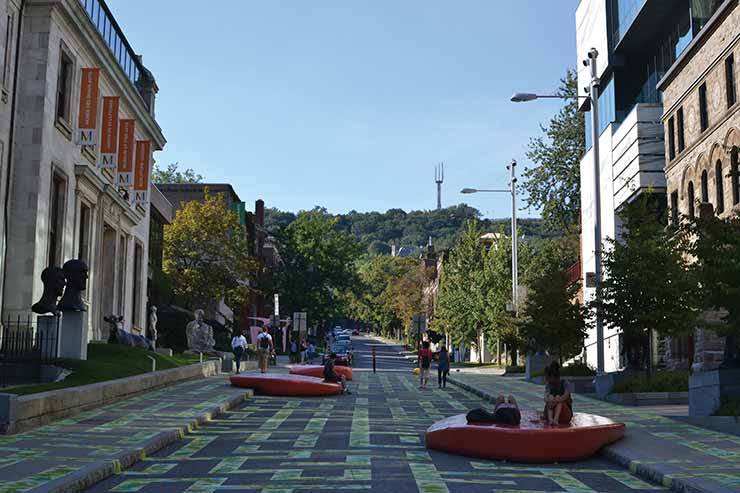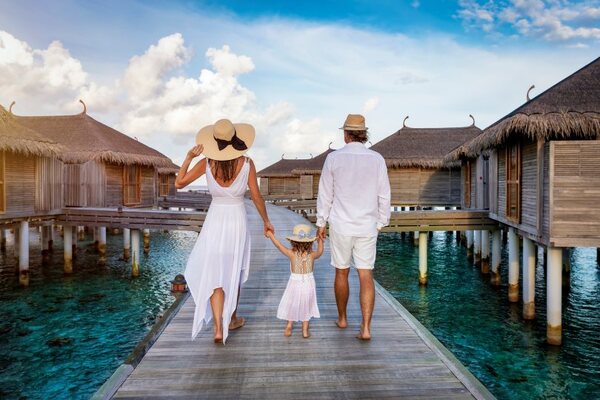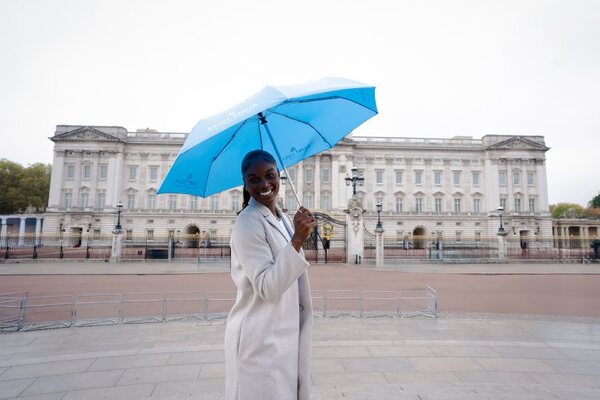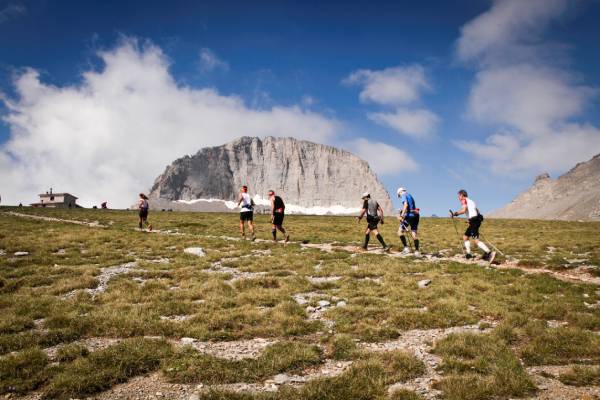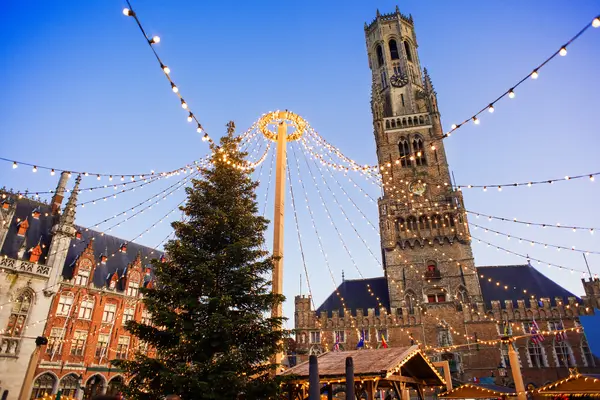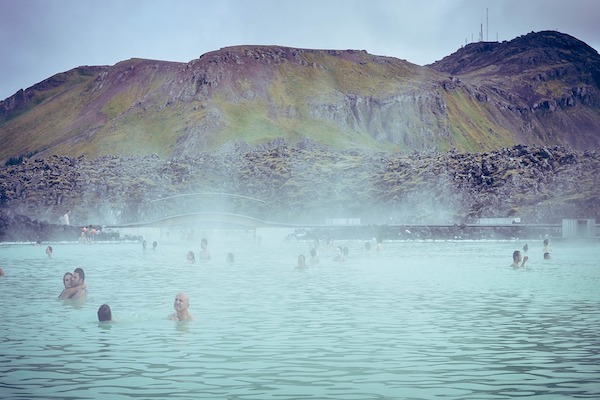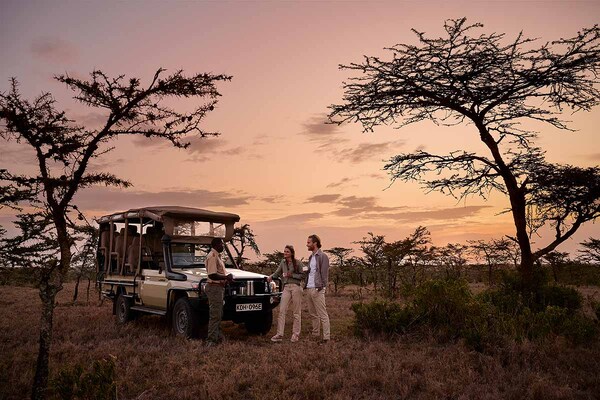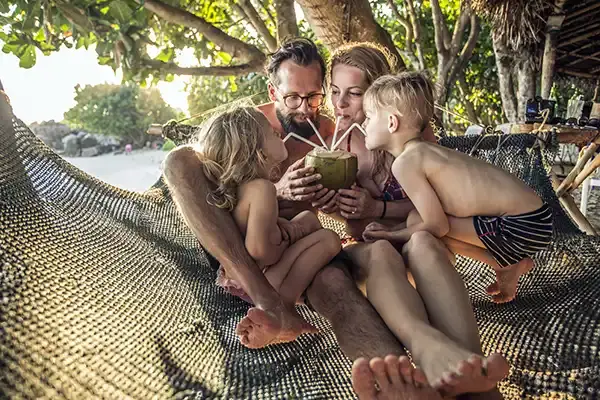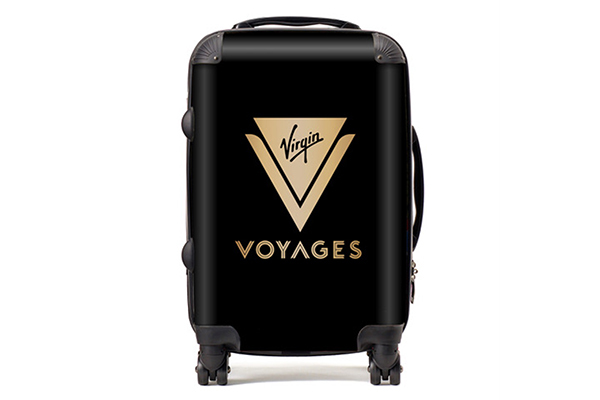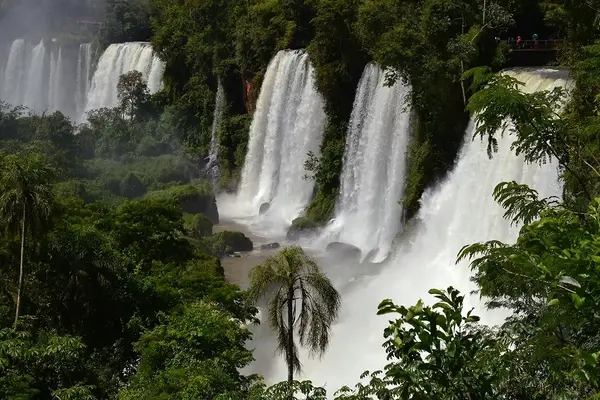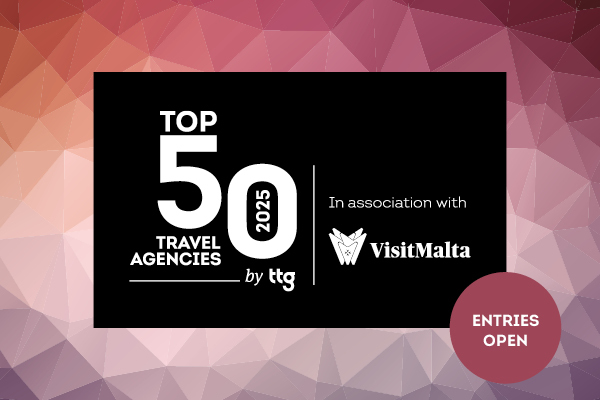Be charmed by Montreal, Quebec's coolest city
Quebec’s coolest city has no end of culture and cuisine. Chloe Cann finds herself falling for the charms of Montreal, France and Canada’s cosmopolitan lovechild.
Happy Hour? Pfft. It’s the “cinq a sept”. A mere “hello”? Non, non, non. It’s “Bonjour-hi”. Even McDonalds could almost pass for a classy affair in Montreal (“It’s the MacPoulet, not the McChicken,” I’m informed.) After five days in the cosmopolitan city, I’m sold – almost everything sounds better here.
Quebec’s linguistic idiosyncrasies are not its only endearing quality. Like Baby Bear in Goldilocks, the region’s largest city seems to have everything just right: there are high-rises, but none must exceed the green crown of Mount Royal; there are signs of Gallic flair in architecture and cuisine, but the city remains warmly North American in character; there are glorious, blistering summers, but these are tempered with crisp, snow-caked winters; the city brims with international students and entrepreneurs, but there is still plenty of room for locals that feel fervently French-Canadian.
A former French colony sandwiched between Newfoundland and Labrador, Ontario and New Brunswick, La Belle Province clings to its Gallic heritage. Yet it bears all the hallmarks of any other Canadian state or territory: clean streets, minimal crime, great infrastructure and a largely English-speaking populace. As Canada’s second-largest province there is plenty to explore, whether your clients crave charming walled cities (Quebec City), picturesque ski resorts (Mont Tremblant), or the rugged outdoors (Gaspesie national park). But it is Montreal that has won my heart.
Patchwork populace
The essence of the city is spread among its many neighbourhoods. “On this street you have all the different layers of immigration,” says Jean-Paul (or JP), through a charmingly thick French accent. Our guide from local touring enterprise Fitz & Follwell Co., JP can most often be seen with his hands outstretched, offering some kind of confection or Styrofoam container filled with food. Strolling along Boulevard Saint-Laurent on the Flavours of The Main culinary heritage tour, we learn through the medium of food about the patchwork of immigrants that make up the city. In Chinatown we let dragon’s beard candy dissolve on our tongues; in Little Vietnam we contort our mouths around giant banh mi; and in the Jewish quarter we wrestle with the elastic cheese that tops our poutine.
But it’s in the former red light district that JP offers a window on to Montreal’s hedonistic soul. “In the early 20th century, prohibition was everywhere in Canada and the US – except Quebec,” he says. “That’s why we’re so famous for nightlife.” There are more than 40 cultural venues to the city’s name, and a district dedicated to accommodating festivals and the arts: the Quartier des Spectacles houses 30 performance halls, all for a population of just four million. Montreal also hosts more than 90 festivals each year, so most visits will coincide with a celebration: from the Montreal International Jazz Festival (the largest of its kind in the world), to Just For Laughs (the globe’s largest comedy festival) and Igloofest (an outdoor electronic music festival in winter, where onesies are de rigeur), as well as numerous other culinary, literary, film and gay festivals.
It is these cultural credentials that make the city stand out from its neighbours, says JP. “In Montreal, 8% of residents declare themselves as artists on their tax return – the average nationwide is 0.8%. Toronto is the financial capital of Canada, but this is the cultural capital.”
Foodie focus
Most visitors will gravitate towards the historic Vieux-Montreal, one of the best-preserved old towns on the continent. Its wide streets are crammed with boutiques and cafes, but the jewel in the district’s crown is the Notre-Dame Basilica, with its intricate wooden carvings and stained glass windows.
For a giant’s view of the urban canopy, book clients into the 24th floor of the Residence Inn Montreal Downtown. It may seem like an unassuming chain property from the facade, but the views from the floor-to-ceiling windows in my room are anything but. It’s also bang in the centre of town on Rue Peel – a great spot from which to head off on culinary ramblings.
For food, this city excels. It has the highest concentration of restaurants on the continent, and there is one to please every taste – from 100% vegan, organic and non-GMO fast food restaurants (Copper Branch) to those serving lashings of foie gras and oysters (Au Pied de Cochon). My samplings are more in the “Baby Bear” territory. I devour Arctic char and venison at cosy Manitoba, which draws on the bounty of local produce. In the up-and-coming Little Burgundy district I try Tuck Shop’s seasonal chalkboard menu, offering playful tapas-style items featuring Asian, and North American twists. At the continental Accords Le Bistro, in the futuristic Quartier des Spectacles district, I demolish a plate of marinated salmon with smoked yoghurt.
And at St-Viateur in bohemian Mile End I come to appreciate the merits of the dense and sweet Montreal-style bagel. For culture and cuisine, Montreal offers much more than the bare necessities. But for those with modest tastes, there’s always the MacPoulet.
Book it: Air Canada offers return economy flights from Heathrow to Montreal from £434pp. The Residence Inn Montreal Downtown is bookable via GDS. |
60 seconds with...
Maggie Boto-White
Manager leisure and specialist sales
Air Canada
How many routes does Air Canada fly between the UK and Canada?
This winter 63 non-stop flights per week to 7 Canadian cities from the UK. From Heathrow, we operate four services per day to Toronto and daily services to Montreal, Vancouver, Calgary and Ottawa, four weekly flights to Halifax and three weekly flights to St John’s.
Any new routes planned?
Air Canada rouge, our leisure airline, will operate non-stop flights to Toronto from Gatwick and Glasgow in summer 2016. We are increasing capacity on our Heathrow-Vancouver route with a second service for the summer.
Could Vancouver or Calgary tempt Brits on a long weekend break, despite the distance?
Vancouver and Calgary are fantastic destinations for long weekend breaks, and are the gateways to popular ski resorts [such as] Whistler and the Canadian Rockies. We operate the Boeing 787 Dreamliner on select flights from Heathrow, and its lower cabin pressure, higher humidity levels, ambient mood lighting and larger windows contribute to a more rested feeling upon arrival.
Are there incentives for agents?
We sponsor the biannual Destination Canada MegaFAM, giving travel agents the chance to explore Canada’s provinces.
We also run regular competitions through Check In – Air Canada’s magazine, which is distributed to the UK travel trade twice a year and available to download – offering prizes such as flights.
What’s new onboard?
We are refitting our existing Boeing 777 aircraft with the same seating as on the new Dreamliner.
From summer 2016, travellers will be able to choose from three classes of service – International Business, Premium Economy and Economy – when flying direct from Heathrow to destinations such as Toronto and Vancouver.


